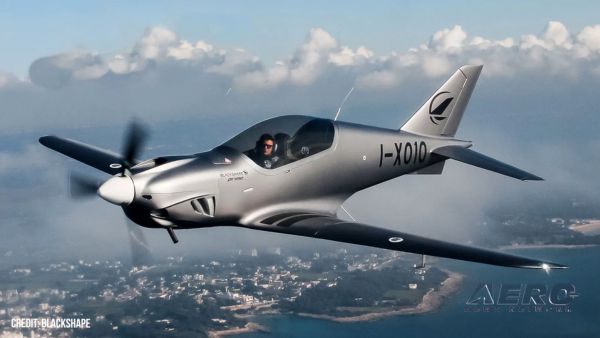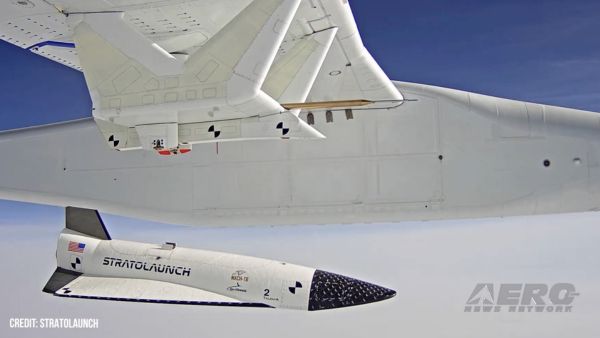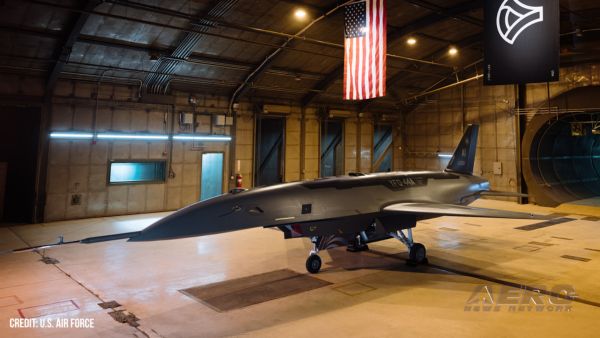 Embraer is announcing new
performance figures for one of its most successful products –
the Legacy Executive jet. Bolstered range, added fuel capacity,
aerodynamic enhancements and a wealth of new standard features are
part of the improved aircraft. The Legacy Executive now offers a
range of 3,250 nm (8 pax, 0.74 Mach, NBAA IFR reserves) with a
13-seat configuration.
Embraer is announcing new
performance figures for one of its most successful products –
the Legacy Executive jet. Bolstered range, added fuel capacity,
aerodynamic enhancements and a wealth of new standard features are
part of the improved aircraft. The Legacy Executive now offers a
range of 3,250 nm (8 pax, 0.74 Mach, NBAA IFR reserves) with a
13-seat configuration.
“The Legacy has consistently demonstrated its superior
qualities and advantages, and the new features make it an even more
attractive option vis-à-vis the competition,” said
Frederico Fleury Curado, Embraer’s Executive Vice-President -
Civil Aircraft. “The Legacy offers the best cost/benefit
solution of its class, and is poised to conquer a greater share of
US-based customers – one of the world’s most demanding
markets.”
The latest range marks come from increased fuel capacity,
aerodynamic improvements, and higher engine thrust. Aerodynamic
improvements include the removal of windshield wipers, redesign of
fairings and air inlets, leading edges polishing, and surfaces
smoothing resulting in significant drag reduction, fuel economy and
extended autonomy.
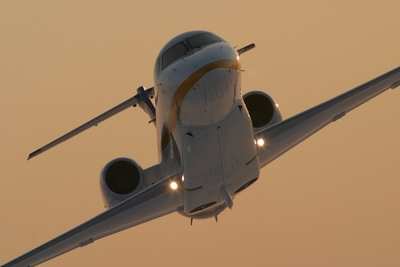
About the Legacy Family
The Legacy is a super mid-size twin-engine business jet based on
the successful ERJ 135/ ERJ 145 platform. Available in Executive
and Shuttle versions, every Legacy is delivered with a complete,
customized interior, providing an abundant 1,410 cu. ft. cabin
volume, with ample room for work or relaxation.
The Legacy Executive incorporates modifications that comprise
the addition of winglets and fuselage reinforcements, extra fuel
tanks, an enhanced fuel system, as well as higher-rated turbofan
engines. Between 2001 and 2002 the aircraft received final type
certification by Brazilian, European and U.S. aviation authorities
for operations worldwide.
With the largest cabin in its class (60 percent larger than
other super mid-size jets), the Executive cruises at a speed of up
to Mach .80 and offers a range of 3,250 nm (6,019 km) with 8
passengers and NBAA IFR reserves.
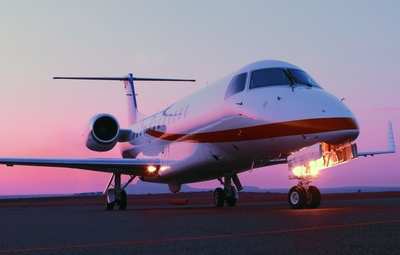
This range, bolstered by superior payload capabilities, enables
customers to fly non-stop from New York to California or New York
to London at a fraction of the cost of competition.
As many as 16 passengers can be comfortably seated in a
three-zone cabin that reaches 6 ft in height. The natural light
from the 22 windows and a state-of-the-art interior lighting system
further enhances the feeling of spaciousness. The plush interior
features leather seats, divan, credenza, tables for staff meetings,
individual tables, galley, lavatory, wardrobe and storage cabinet,
DVD players, 6.5” LCD monitors and SatCom-type
telecommunications. The Legacy Executive’s 240 cu. ft. (6.8
cu. m.) baggage compartment is one of the largest in the industry,
and can be accessed during flight for greater passenger
convenience.
The Legacy Shuttle offers various configurations. Up to 19
passengers can travel in business class comfort, and as many as 37
passengers may be comfortably accommodated in the Shuttle HC
version, featuring an airline-quality interior that enhances
productivity and offers an even larger baggage compartment (325 cu.
ft. or 9.2 cu. m.).
Two ultra-quiet Rolls-Royce AE 3007 family high-bypass turbofan
engines power the Legacy Family, controlled by dual redundant
FADECs to optimize operation and reduce wear and fuel consumption.
Both feature built-in test equipment and a trend monitoring system
for easy fault identification and repair.
Equipped with dual hydraulic systems and two independent
electrical systems, the Legacy carries a Hamilton Sundstrand APU
that generates power to energize systems and keep the cabin cooled
or heated when the aircraft is operated at airports with no ground
support infrastructure.
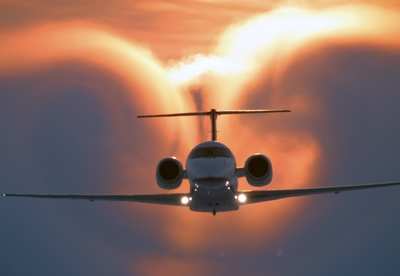
Standard avionics include Honeywell's Primus 1000 integrated
avionics system. This state-of-the-art flight deck features five
8x7-inch flat color displays driven by dual integrated computers
and includes two PFDs, two MFDs and one EICAS system. The Executive
avionics suite also incorporates Primus II radios, TCAS, EGPWS,
plus dual FMS and GPS, dual Laseref IV Inertial Reference System,
weather radar with turbulence detection, SatCom and Cat II
autopilot/flight director. Most of these systems incorporate
diagnostic capabilities, a feature that helps reduce
troubleshooting time. In addition, the Legacy also complies with
RVSM requirements.
 ANN's Daily Aero-Term (05.05.25): Circle To Runway (Runway Number)
ANN's Daily Aero-Term (05.05.25): Circle To Runway (Runway Number) ANN's Daily Aero-Linx (05.05.25)
ANN's Daily Aero-Linx (05.05.25) NTSB Prelim: De Havilland DHC-1
NTSB Prelim: De Havilland DHC-1 Classic Aero-TV: The Boeing Dreamliner -- Historic First Flight Coverage
Classic Aero-TV: The Boeing Dreamliner -- Historic First Flight Coverage Airborne-NextGen 05.06.25: AF Uncrewed Fighters, Drones v Planes, Joby Crew Test
Airborne-NextGen 05.06.25: AF Uncrewed Fighters, Drones v Planes, Joby Crew Test




